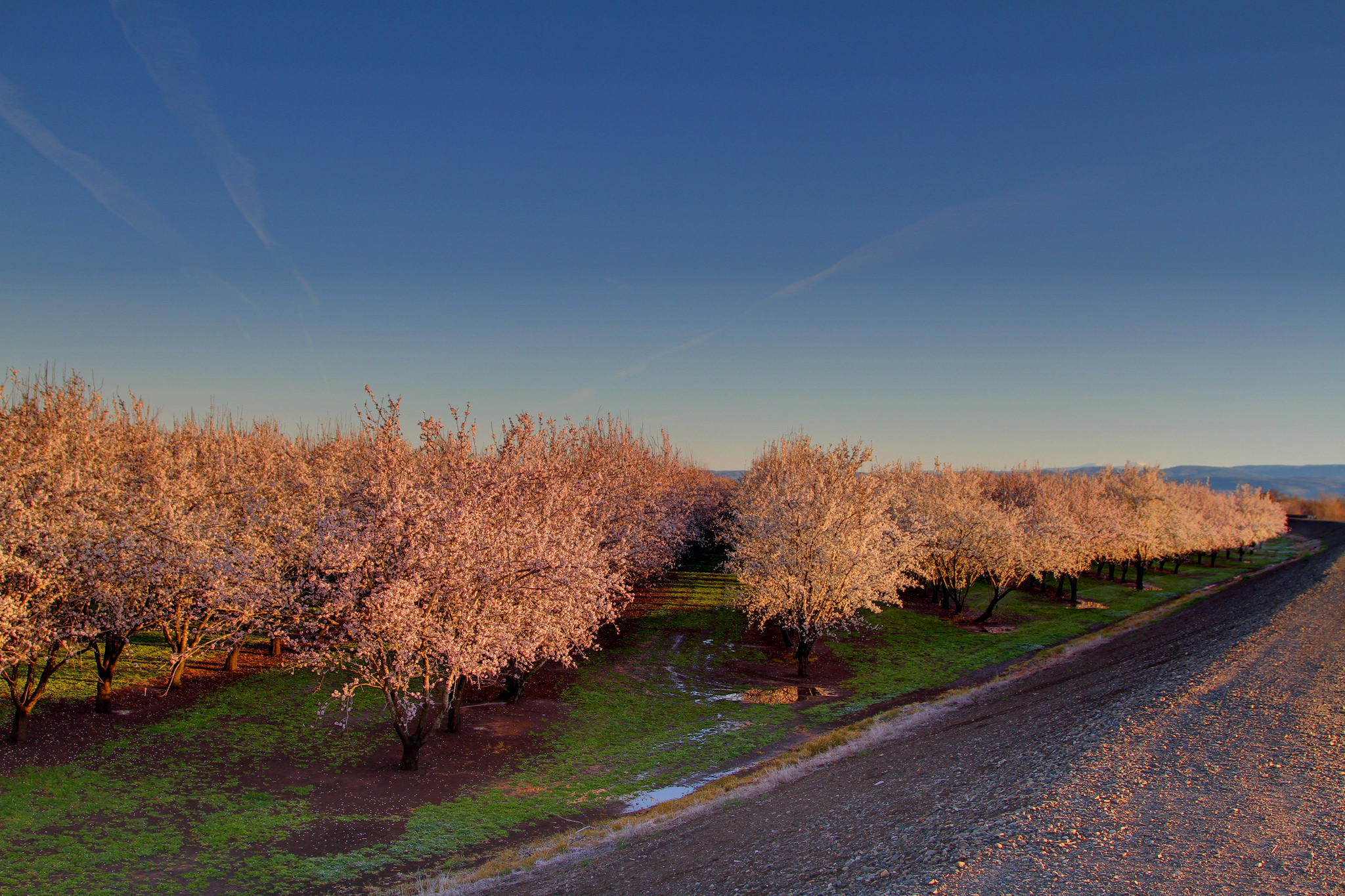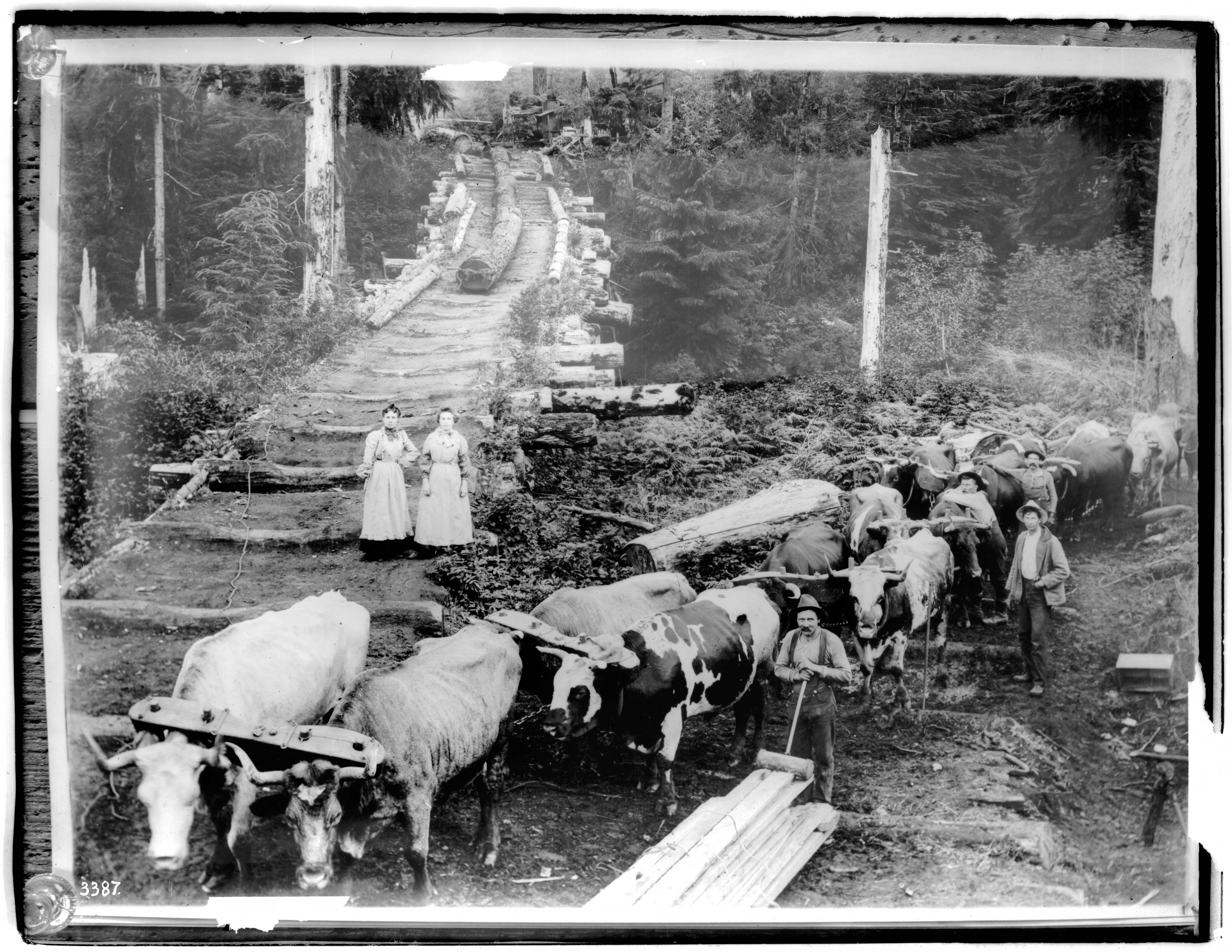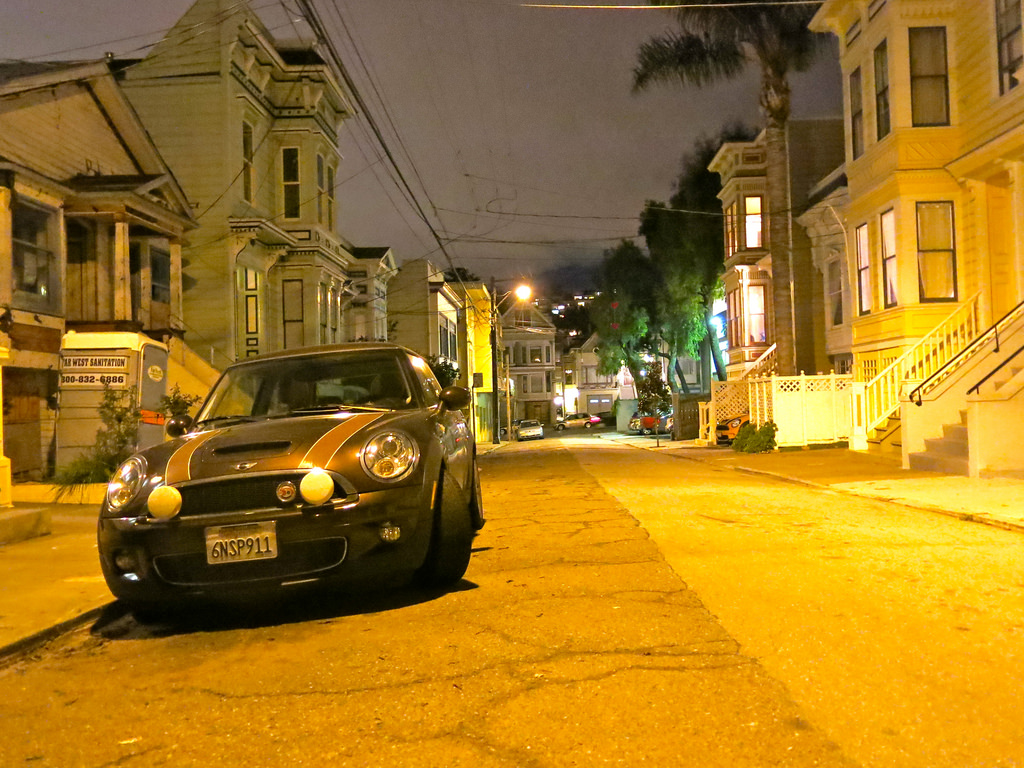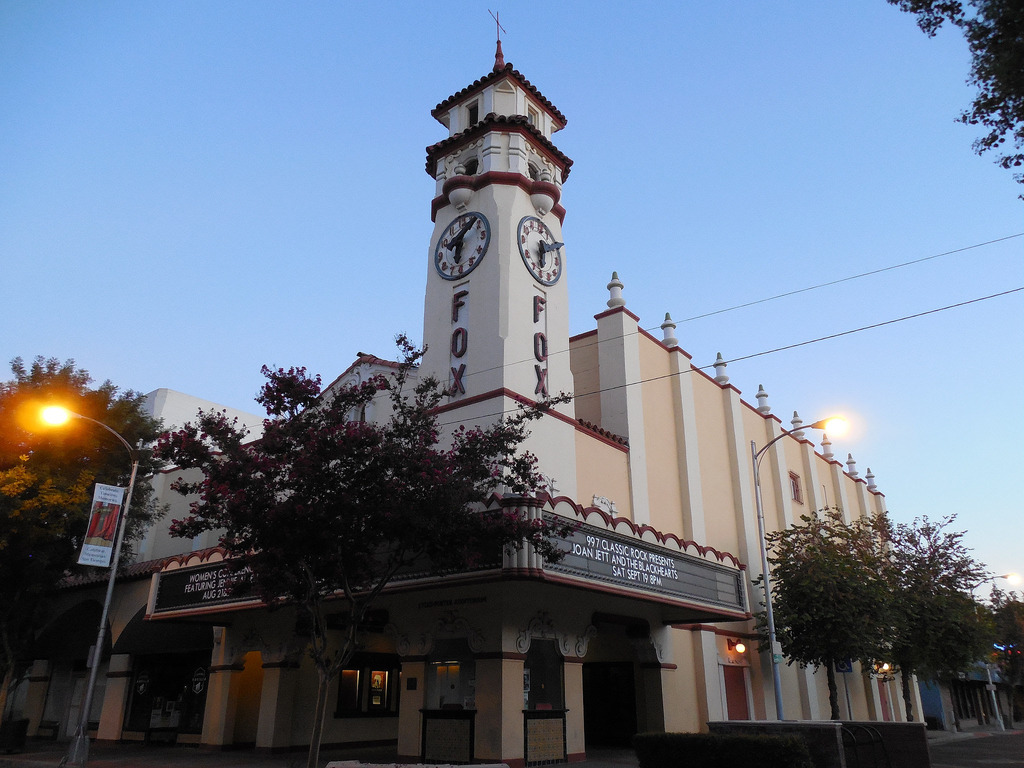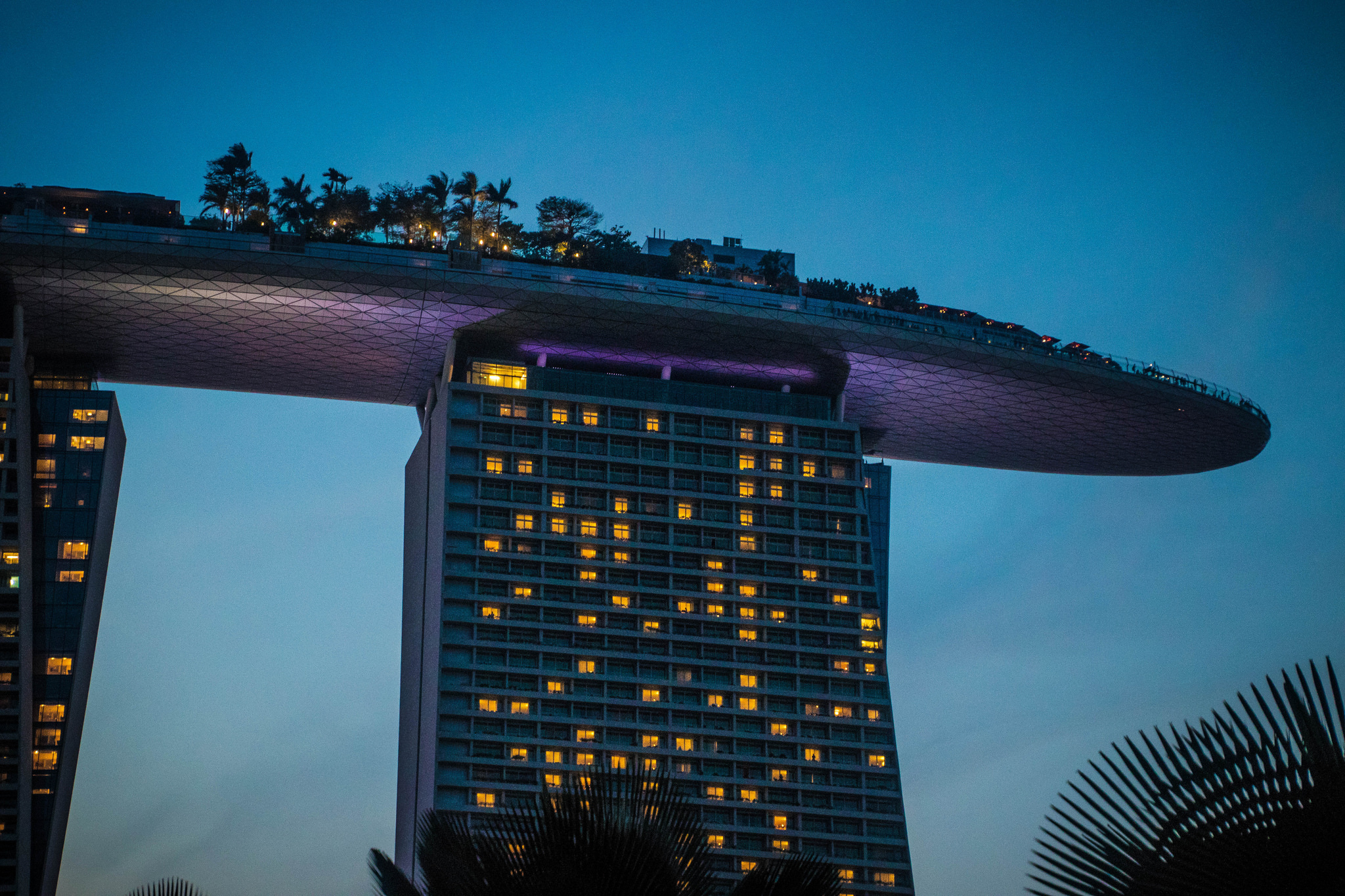In my last post regarding dedication of land I discussed how land may be dedicated for public use in a process is described as implied by law if the public has openly and continuously used the property for five years. Implied by law is similar to the process for a prescriptive easement, but it is not the same. The requirements were established by the series of court decisions up until the legislature took action, enacting new law effective in 1972. The possibility of dedication by use prior to 1972 is still controlled by the common law, but for uses beginning in 1972, the statutes apply. If a party is not sure about the public’s rights to use private property relative to the timing pre and post 1972, based on five years of use prior to 1972, they should contact a Sacramento commercial real estate attorney.
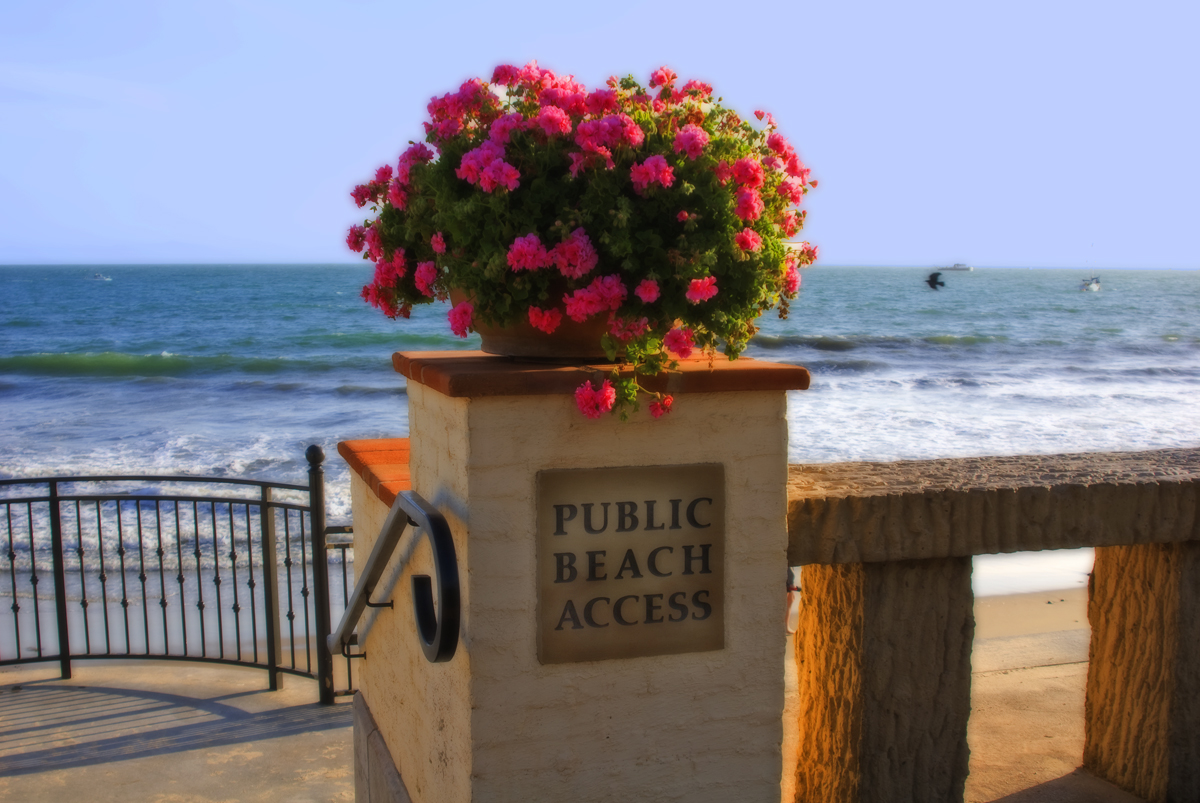 The decision in Gion discussed in Part 1 resulted in a lot of hubbub due to perceived changes in the law. Previously there was a presumption that public use was by way of a license granted by the owner. But Gion held that the court would not rely on such a presumption. In addition, there was no requirement the use be “hostile” and “adverse” in the sense of a prescriptive right – the public did not have to use the property under color of title or claim of right. Nor is it required that the owner be aware of the public use.
The decision in Gion discussed in Part 1 resulted in a lot of hubbub due to perceived changes in the law. Previously there was a presumption that public use was by way of a license granted by the owner. But Gion held that the court would not rely on such a presumption. In addition, there was no requirement the use be “hostile” and “adverse” in the sense of a prescriptive right – the public did not have to use the property under color of title or claim of right. Nor is it required that the owner be aware of the public use.
The legislature responded by enacting Civil Code section 1009 (set out in full below), which provides that no use of property by the “shall ever ripen to confer upon the public or any governmental body or unit a vested right to continue” to use the property unless the owner made an irrevocable order of dedication that had been accepted by the governing body. Hence, the idea of implied dedication for public use is dead for uses after 1972.
 California Real Estate Lawyers Blog
California Real Estate Lawyers Blog




